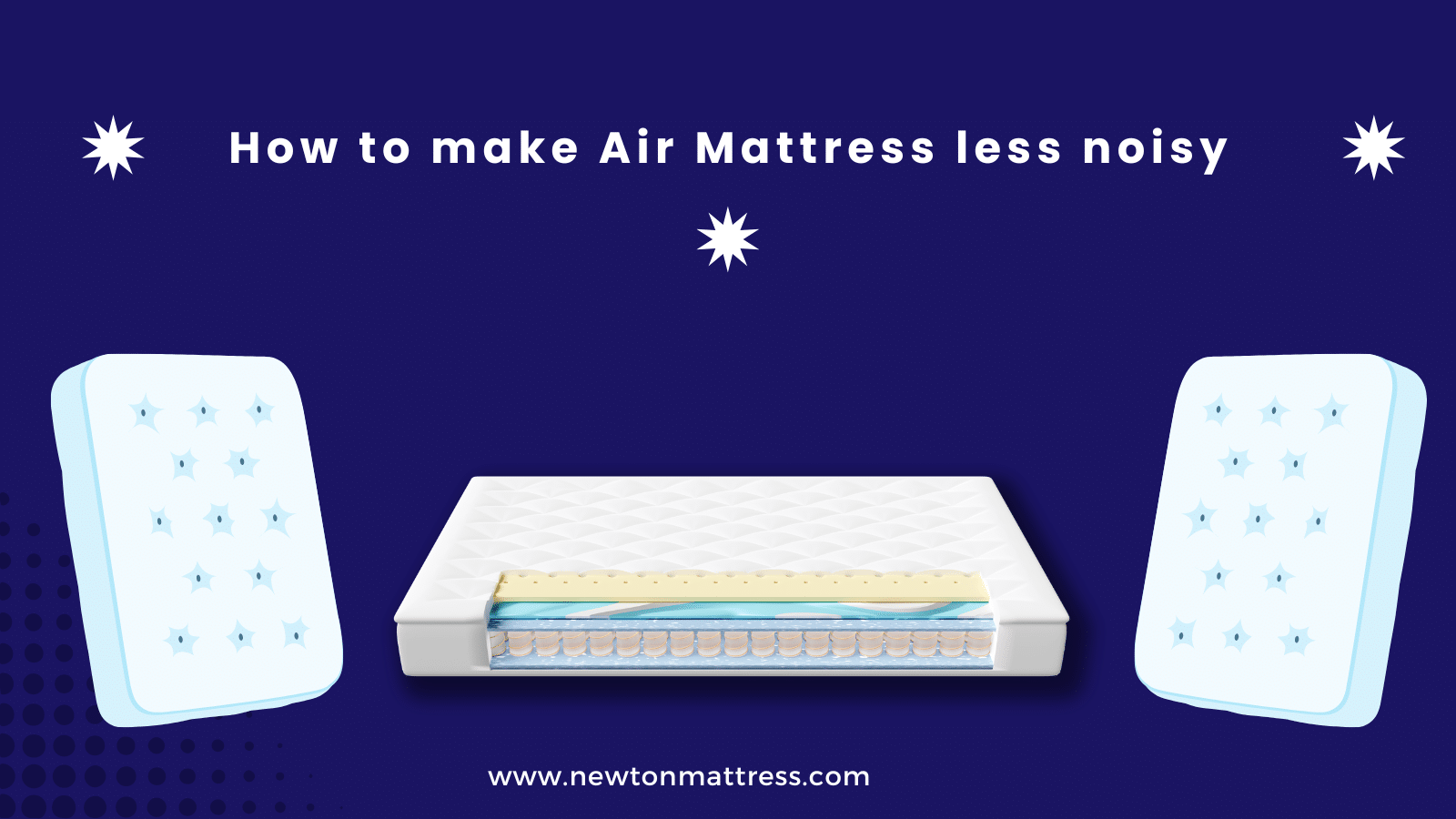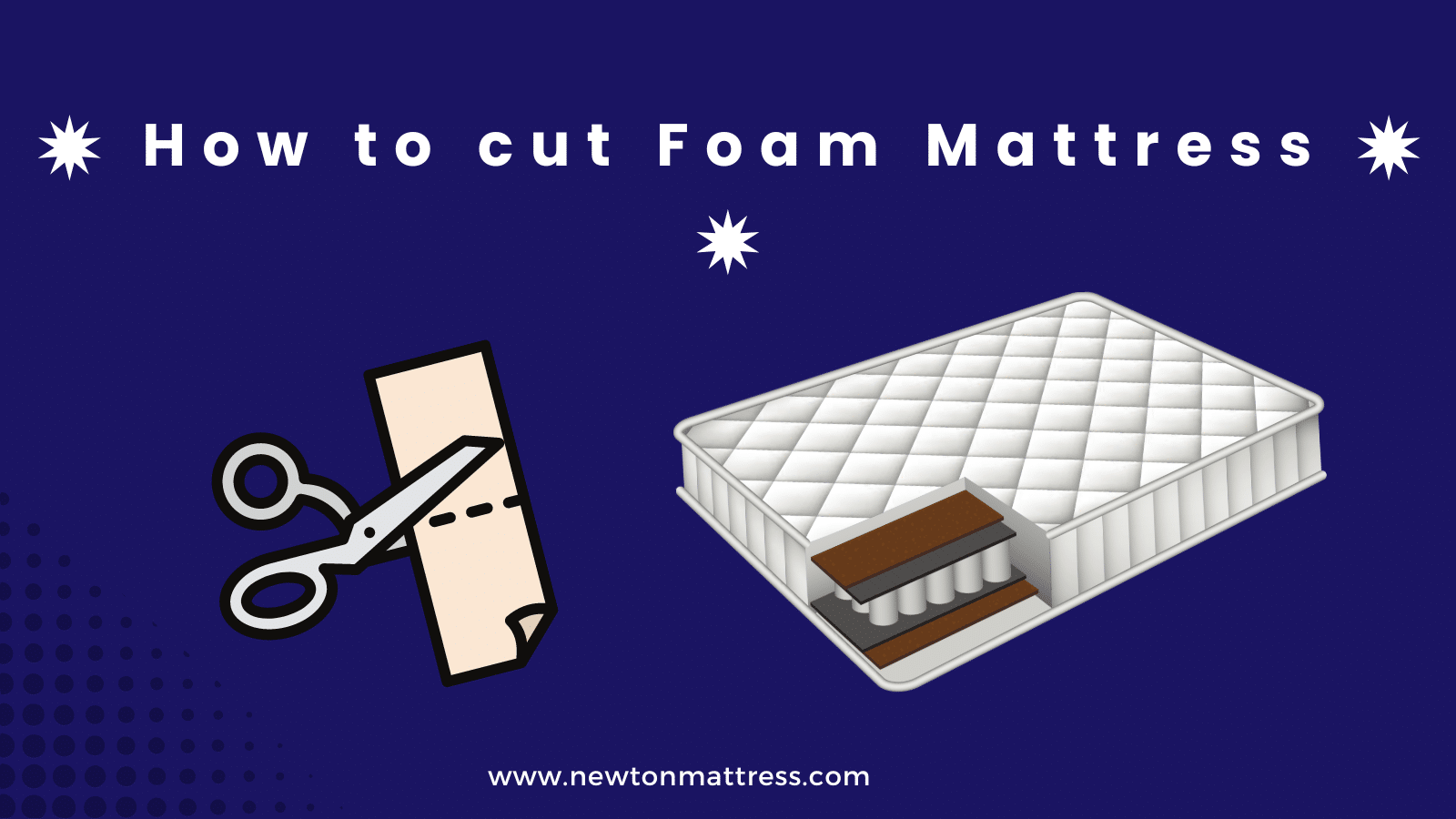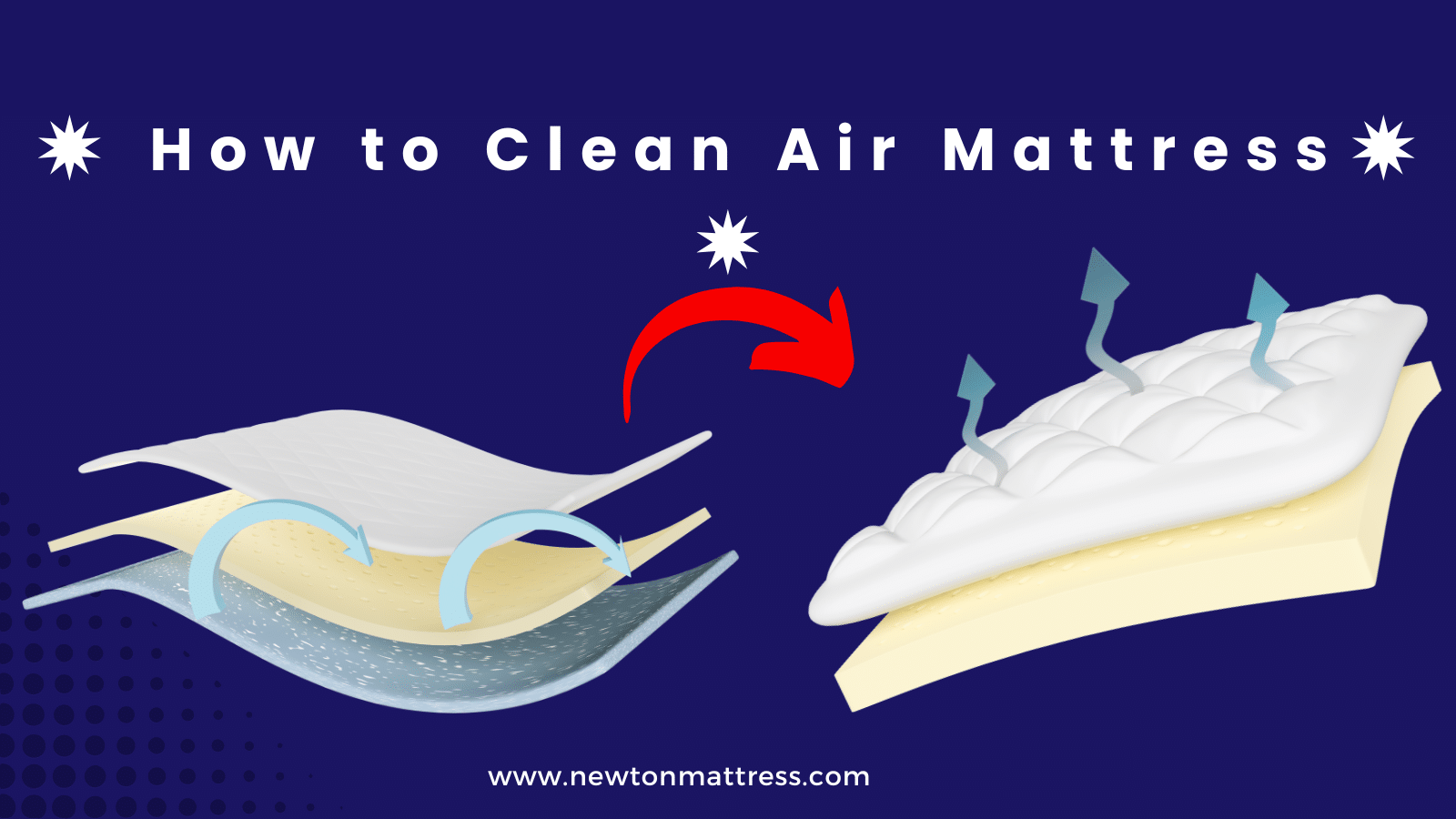Air mattresses are a popular solution for temporary bedding needs, such as camping or hosting guests. However, they often come with an annoying drawback: noise. Each movement can result in a squeaky or rustling sound, disrupting a peaceful night’s sleep. Addressing this issue requires a few simple strategies that can significantly reduce the noise and enhance the sleeping experience. By making air mattresses quieter, we can enjoy the convenience they offer without the frustration of noisy disruptions.
To minimize air mattress noise, start with a solid base. Place a rug or blanket underneath to dampen sounds caused by movement. Ensure the mattress is fully inflated; a firmer surface creates less noise. Using soft bedding can also muffle sounds, as can wearing sleepwear that reduces friction. Regular maintenance checks for punctures or air leaks can prevent unexpected noises and maintain the mattress’s integrity.
Discovering the secrets to a silent night’s sleep on an air mattress can transform your rest experience. Beyond the quick fixes, learning the nuances of proper air mattress care and setup is key. Our full article delves into these tips and more, guiding you through the journey to peaceful slumber. Say goodbye to the disruptive soundtrack of your sleep and embrace the tranquility of a quiet night on your trusty air mattress. Continue reading to uncover all the details and ensure your next sleepover is as silent as the stars.
Understanding the Causes of Noise
To effectively reduce noise from an air mattress, it’s crucial to understand what may be causing it. Here are three common culprits:
Air Chambers and Seams
The design of air chambers and seams plays a significant role in noise production. As pressure is applied, air moves between chambers, which can lead to a loud, squeaky sound. Similarly, seams that are not properly sealed or have begun to wear can create a frictional noise when the air mattress flexes.
Friction and Movement
Friction between the air mattress and its base, as well as the sleeper’s movements, can contribute substantially to the noise level. When a person tosses and turns, the rubbing of materials generates sound, and if the mattress is on a hard surface, this can amplify the noise.
Material Quality
The quality of the materials used in an air mattress affects its propensity to be noisy. Thinner, lower-quality plastics are more likely to produce sound when compressed or stretched, whereas higher-quality, thicker materials tend to be more sound-absorbent and less disruptive.
Tips for Making Your Air Mattress Less Noisy
Ensuring your air mattress is serene involves a few practical steps that can make a notable difference. Here are several tips to help you achieve a quieter night’s rest:
Proper Inflation and Adjustment
Regularly check and adjust the air levels in your mattress. An over-inflated mattress might be noisier, while one that’s too deflated may sag and make more sound due to increased friction. Find the sweet spot of firmness that supports your weight quietly.
Adding a Mattress Topper or Pad
Consider using a mattress topper or thick pad. These can act as a sound barrier, absorbing the noises that originate from the movements on the mattress surface.
Lubricating Noisy Parts
If the air valve or seams are the source of the squeaking, a suitable non-toxic lubricant might quiet them. It’s important to select a product that is safe and won’t damage the material of your mattress.
Eliminating Air Leaks
Ensure that there are no air leaks, as these can contribute significantly to mattress noise. Repair kits are available and can seal up punctures effectively, restoring the integrity and silence of your mattress.
Using Noise-Dampening Materials
Place noise-dampening materials under the mattress, such as foam mats or interlocking exercise tiles. These can greatly reduce the sounds from beneath.
Positioning the Mattress Carefully
Finally, be mindful of where you place your air mattress. Positioning it away from walls and furniture can minimize the noise that arises from contact during movement.
By following these steps, your air mattress has the potential to be as quiet as a conventional bed, affording you or your guests a restful and uninterrupted night’s sleep.
DIY Solutions for Quieting Air Mattresses
Sometimes the simplest solutions are found at home. If your air mattress is still too noisy after trying the above tips, these do-it-yourself strategies may provide the relief you need. Here’s a list of easy remedies to help lower the decibels on your air-inflated bed.
Applying Silicone Spray or Powder
To address the frictional noises caused by air mattress seams, a silicone spray or powder can be applied. This creates a smooth barrier that reduces noise production. Ensure to use a silicone-based product that’s safe for the mattress material and allow it to dry completely before using the mattress.
Using Fabric Softener or Baby Powder
Sprinkling baby powder or using fabric softener on the surface of the air mattress can also minimize noise. These substances decrease friction between the bed sheets and the mattress itself, which can result in a quieter sleep surface. Apply a light layer and spread it evenly over the mattress.
Placing a Rug or Carpet Under the Mattress
Sometimes the solution is as simple as placing a rug or carpet underneath your air mattress. This can act as a cushion, dampening any sounds created by movement, especially if the mattress is used on a hard floor.
Experimenting with Different Surfaces
Each surface interacts differently with your air mattress, affecting noise levels. Experiment with placing your air mattress on various surfaces like foam pads, tatami mats, or plush carpets to find the most acoustically favorable environment for your needs.
Product Recommendations for Noise Reduction
When it comes to achieving the quietest possible night’s sleep on an air mattress, the right products can make all the difference. Here are some recommendations that highlight solutions known for reducing noise:
Quiet Air Mattress Models
- SoundAsleep Dream Series Air Mattress: Praised for its ComfortCoil Technology and a SureGrip bottom, this air mattress minimizes movement and noise, providing a restful sleep.
- Intex Dura-Beam Standard Series: This model is known for its Fiber-Tech construction, which not only offers durability but also reduces noises associated with air movement within the mattress.
- King Koil Luxury Raised Air Mattress: The enhanced coil design of the King Koil not only gives firm support but also significantly cuts down on noise, courtesy of its thick waterproof quilt top.
Anti-Slip Mattress Pads
- Gorilla Grip Slip-Resistant Mattress Pad Protector: This pad helps to keep your air mattress firmly in place, reducing friction and noise with its strong gripping technology.
- SafeRest Hypoallergenic Waterproof Mattress Protector: Besides protecting your mattress, this fitted sheet-style pad provides a noiseless layer that prevents any unwanted movement sounds.
Noise-Canceling Bedding Accessories
- Therapedic Tru-Cool 3-inch Serene Foam Performance Mattress Topper: It dampens sound and adds a layer of cushioning for a silent, serene sleep environment.
- Concierge Collection Quiet Zone™ 2-Pack Standard Pillows: These pillows are specifically designed to reduce noises that might disturb sleep, offering a sound barrier without compromising comfort.
- Moondream Soundproof Curtain: While not a bedding accessory, these curtains can be used to minimize ambient noise, creating a quieter and more peaceful sleeping area.
These products are designed not only to increase the comfort of your air mattress setup but also to target and reduce noise, ensuring your nights are as quiet and restful as possible.
Maintenance and Care Tips
To extend the lifespan of your air mattress and maintain its quiet features, practicing consistent maintenance and care is crucial. Here are some tips to keep in mind:
Regular Cleaning and Inspection
Ensure regular cleaning of your air mattress by wiping it down with a gentle cleanser and a damp cloth. Avoid using harsh chemicals that can damage the material. Inspect your mattress regularly for any signs of wear and tear such as cracks or holes that could lead to air leaks or noise. A consistent check can help you catch issues early and repair them before they worsen.
Storing the Mattress Properly
When the air mattress is not in use, it should be deflated, carefully folded, and stored in a cool, dry place, away from direct sunlight or extreme temperatures. This will minimize the risk of damage and prevent the materials from deteriorating, which can cause noises when the mattress is reinflated and used again.
Addressing Issues Promptly
If you notice any problems, such as a slight hissing sound indicating a small air leak or an increase in noise due to a loosened valve, address these issues promptly. Use repair kits designed for air mattresses to patch up leaks, and ensure valves are tightened correctly to prevent air loss. Timely interventions will not only silence unwanted sounds but also prevent larger, irreparable damage to the mattress.
Conclusion of How to make Air Mattress less noisy
When seeking tranquility and comfort in your air mattress experience, the combination of do-it-yourself solutions, suitable products for noise reduction, and diligent maintenance practices can markedly diminish disruptions.
By selecting a mattress designed to reduce noise, pairing it with anti-slip and noise-canceling accessories, and preserving the mattress with regular care, you can enhance your sleeping environment.
Whether you’re a guest in someone’s home, enjoying a camping trip, or furnishing a temporary sleeping space, implementing these strategies will ensure a silent night’s rest and the longevity of your air mattress.



